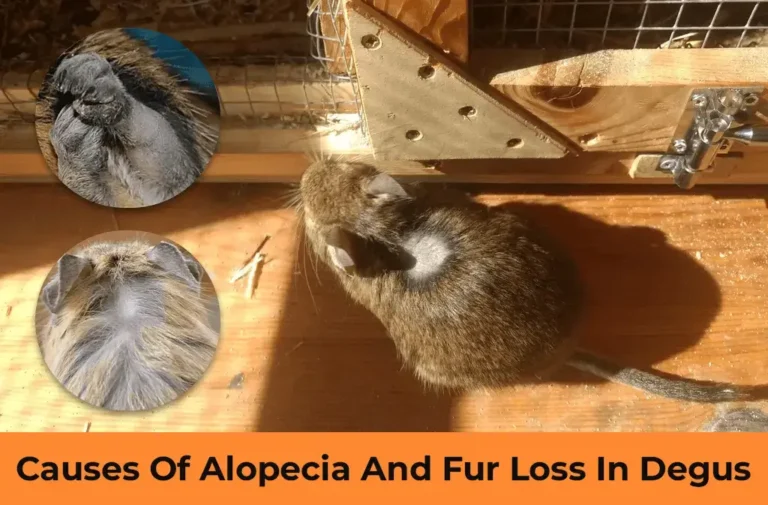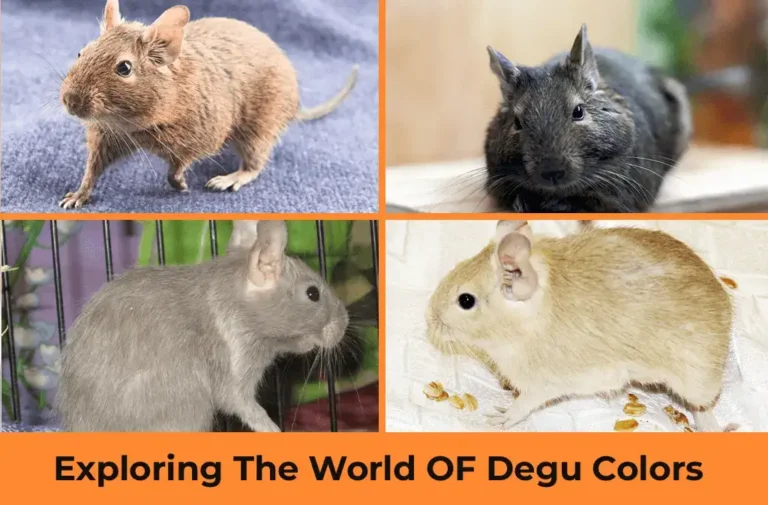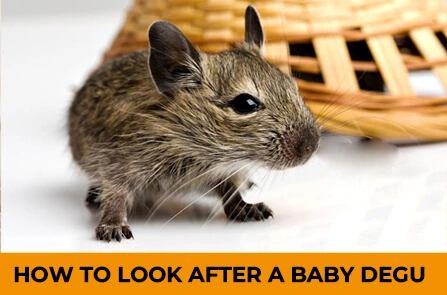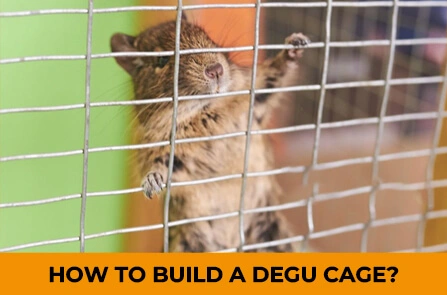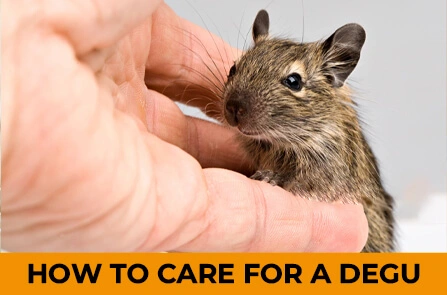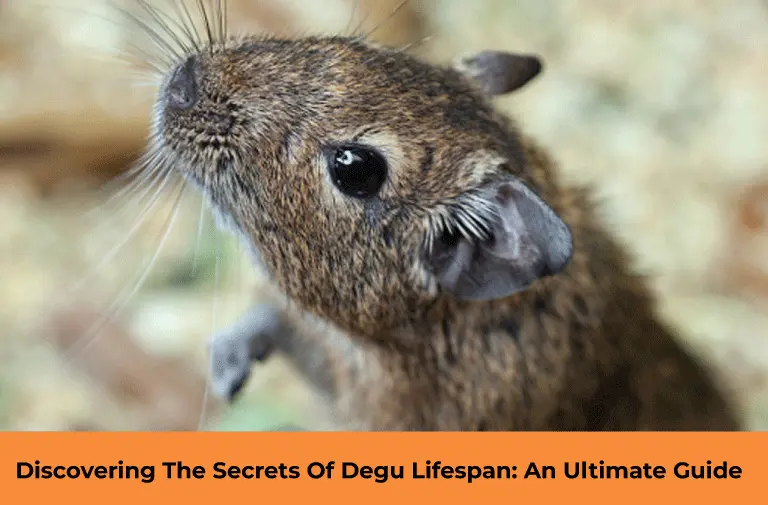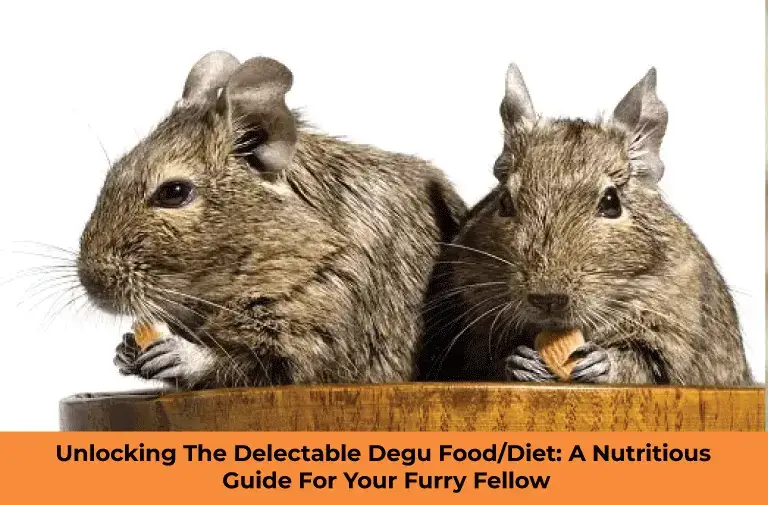Decoding Octodon Degus Morphology
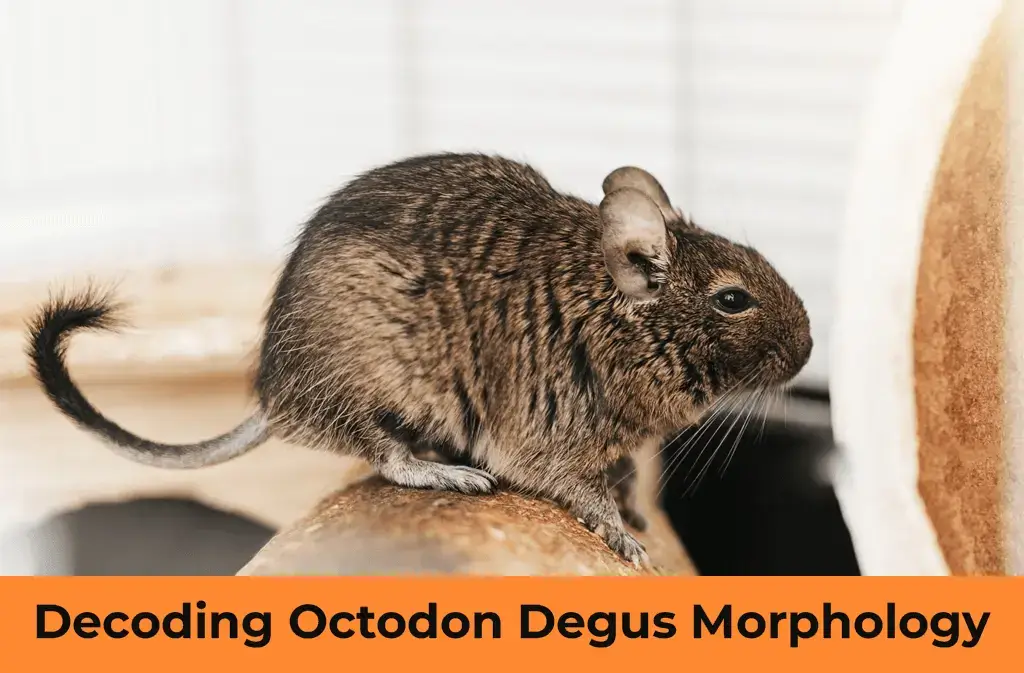
Have you ever mistaken degu with a squirrel? Most people get mistaken because of Degu’s charming and unique appearance with a squirrel. These adorable creatures hold a secret in their charming appearance and attract the curiosity of many pet enthusiasts because of the octodon Degus morphology. Besides their resemblance with guinea pigs, gerbils, and chinchillas, they still have unique morphology. Let’s move further and uncover the octodon Degus morphology.
Head | Detect High Alert
The head of these rodents is a prominent part of Octodo Degus Morphology. They have strong, oval-shaped heads and well-developed ears, which are the source of their exceptional hearing ability.
They can even sense alerts from dozens of meters away. Besides this, they have deep, dark brown eyes with a black-shaded pupil.
Their white whiskers have made them capable of smelling food before eating and the environment.
These rodents have sharp incisor teeth that grow continuously, and their overgrowth could lead to dental issues such as malocclusion. Yellow and orange are the natural colors of their teeth.
Body | Help Fast Burrowing
The sleek and slender body of degu helps them burrow. Their impressive burrowing ability is due to their body shape. They are fast burrowers because of their thin and strong bodies. They grab food with the help of their four fingers and thumb. Because of their strong claws, they can easily climb and dig. They can leap high because of their robust hind limbs. It is observed that these rodents can jump up to 80cm high. Because of their well-muscled bodies, they can dig tunnels easily.
Tail
The tail of Octodon degus is like that of other rodents. It is average, with a thin, coarse coat that gives it a gray appearance. A long, black-haired feather is at the end of the tail. These rodents can shed their tails whenever threatened or scared. It is their natural mechanism to shed the tail in an emergency.

Size
They are average in size, almost the size of a rat. The estimated size of the degu is about 30cm. Their body is 15cm long, and their tail is about 12cm long.
Weight
The weight of these rodents varies depending on their diet, food, and environment. Generally, they range from 170g for the smaller one to 300g for the bigger one. In captivity, these rodents quickly gain weight and become oversized because of a lack of activity. Because of a bad diet and lack of exercise, they gain weight and become obese.
Feet
The paws of these rodents are very captivating, containing four fingers and one thumb. Despite their agile feet, their hands allow them to grasp food items. The hind feet of these rodents have five toes along with claws that help them dig.
Colorful Coat
The coat color of these rodents is agouti, a type of coat color that contains more than one band of pigmentation. This natural color of their fur helps them evade predators and hide. They also have brown fur, black hair, and brighter pigmentation around the eyes, stomach, and ears. The different variations in their coat color are also available to breeders. The mutation in their recessive genes generally causes this mutation.
Adaptation For Survival
The Octodon Degus Morphology is a perfect example of adaptation. These little creatures’ whiskers and noses help them sense smell and the environment. Their sturdy bodies and claws are perfect for burrowing. Their agouti fur color helps them evade predators or hide, and their light weight allows them to run and jump. The morphological appearance of degus helps them adapt and survive.
Conclusion!
Degus are intelligent rodents kept as domesticated pets because of their unique appearance. Because of their different appearance, they are mistaken for guinea pigs or squirrels. These rodents’ heads are oval-shaped, with sharp incisors, white whiskers, and large ears. The body of these rodents is slender and has colorful fur. Because of their fascinating paws, they can burrow, dash, and jump. Surprisingly, the octagon degus morphology helps them adapt for survival.

